
|

|

|

|

|

|

|

|

|

|

|

|

On the bank of a snowy Highland river in the depths of a bitter cold snap, a frozen troop gathers to witness the decapitation of a Roman soldier, on the run from a vicious band of warriors in the heart of the Caledonian mountains. As the onlookers watch the horses circle the victim and a rider drops into the flowing water with an elaborate dagger, a mobile phone rings across the highlands.
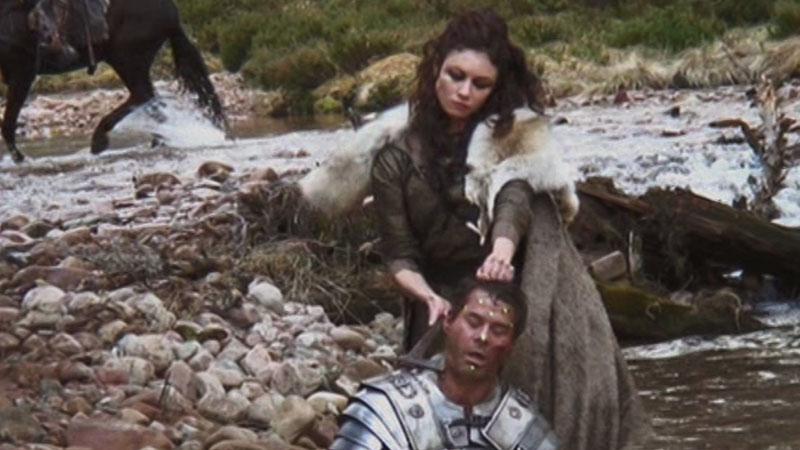
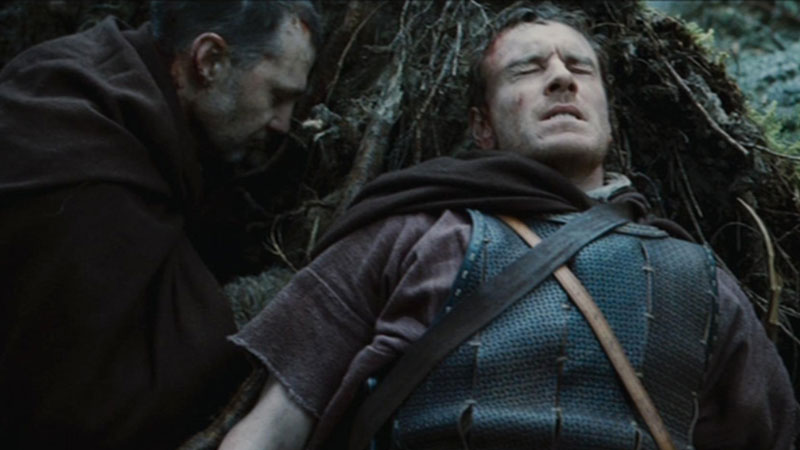
The culprit clutching his phone is dressed in battle-worn Roman armour, splattered with blood, with an arrow deeply embedded between his shoulder blades. He is all apologies as the film cameras grind to a halt. "Sorry everyone," he announces with palpable embarrassment. Welcome to the brutal and exhilarating production of Neil Marshalls latest big screen adventure – Centurion.
The Origins of Centurion
Neil Marshall grew up at one end of Hadrian's Wall, in Newcastle upon Tyne, and worked for many years at the other, in Cumbria. He recalls spending many hours driving on the old Roman roads which still run parallel to the wall. It was here that the filmmaker of hit movies Dog Soldiers and The Descent began to consider the idea of constructing a story about this extraordinary man-made structure.
"Somebody told me about the legend of the Ninth Legion, about this Roman legion that marched into the mists of Scotland and vanished without a trace – leaving this great mystery', says Marshall.
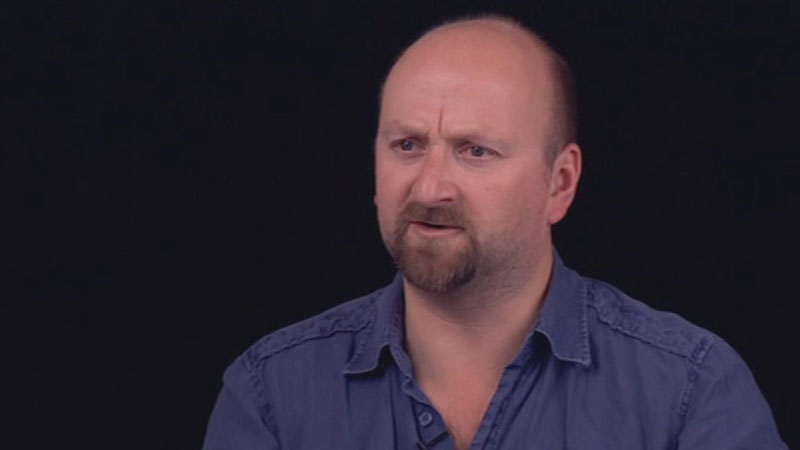
"This idea of an entire Roman army marching into Scotland and just vanishing, it immediately conjures up images of supernatural elements. But I didn't really want to go down that road. I wanted to find out what might have actually happened, if they did disappear."
What would drive such a powerful empire such as this to construct a wall so vast and impenetrable? What on each were they protecting themselves from?
Marshall imagined that the legendary and powerful tribes known as the Picts, believed to have populated the Caledonian mountains around the 1st Century might have ambushed the Legion. He began to plot the concept around this premise. Marshall centred the story on a lobe member of the Roman army who might have survived the initial attack, and had to fight his way back home through enemy territory.
This use of a modern genre in an ancient setting has given the film a distinctive feel. David Morrissey, who plays Bothos, one of the Roman survivors, says, "the script was unlike many I'd been receiving. It was much more action based and dialogue propelled."
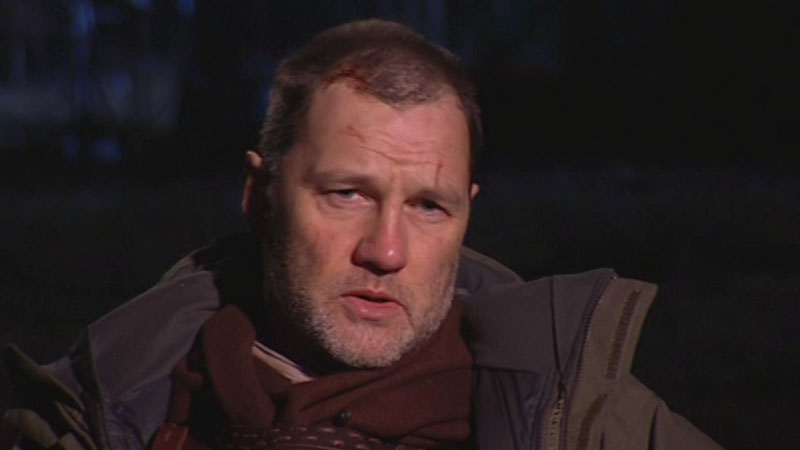
Dominic West who plays the charismatic leader of the legion, General Virilus, agrees: "When I read the script, I thought, 'this is a lot more lively and vibrant and daring in a way than most other script I'd read'. I don't know what the hell you'd call it but there's a lot of good action and there are a lot of good characters."
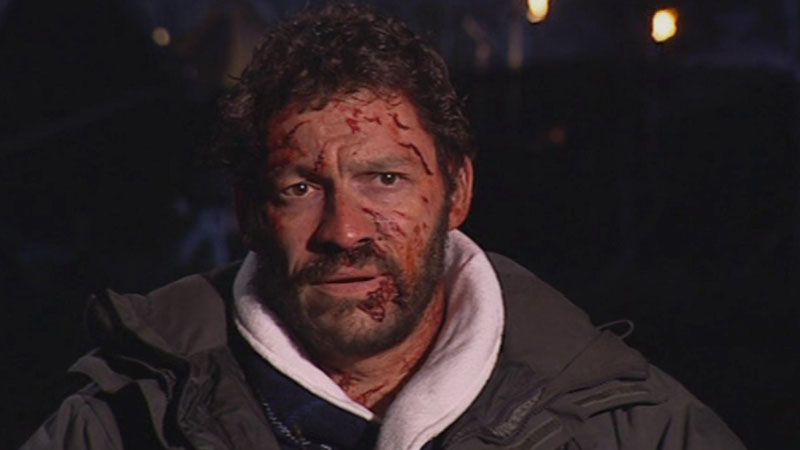
The prize for succinctness goes to the special make up effects designer, Paul Hyett, who sums the film up: "It's a sort of Roman Die Hard", he says with unwavering conviction, something, the crew needed in spades to withstand the relentless Scottish weather over the two month shoot.
